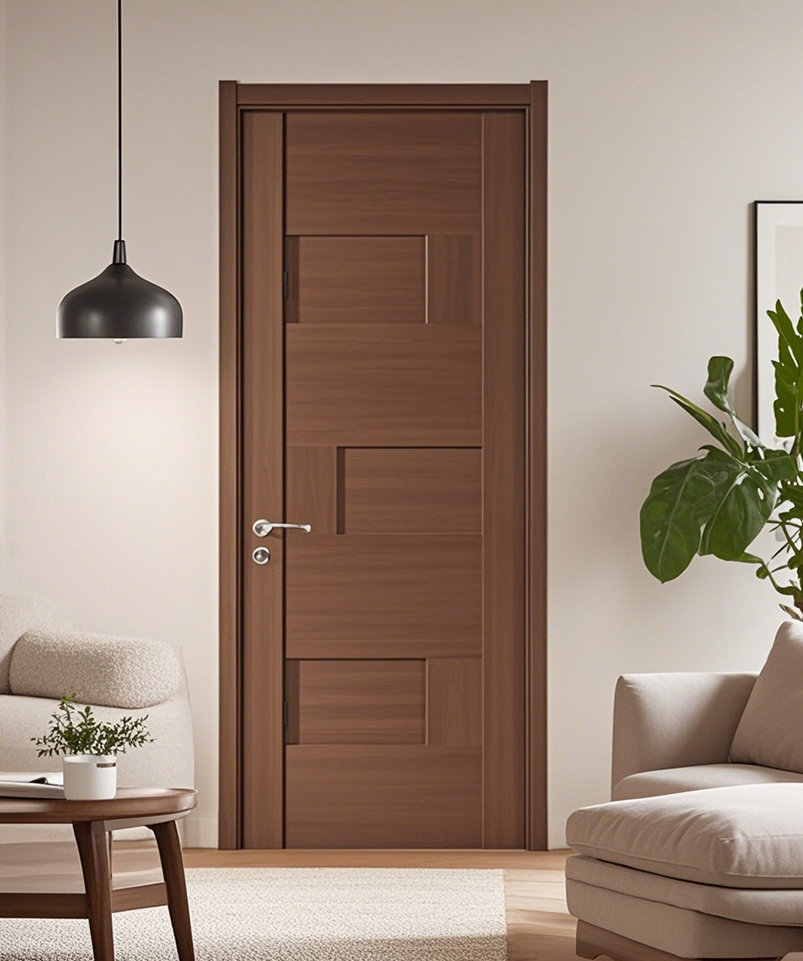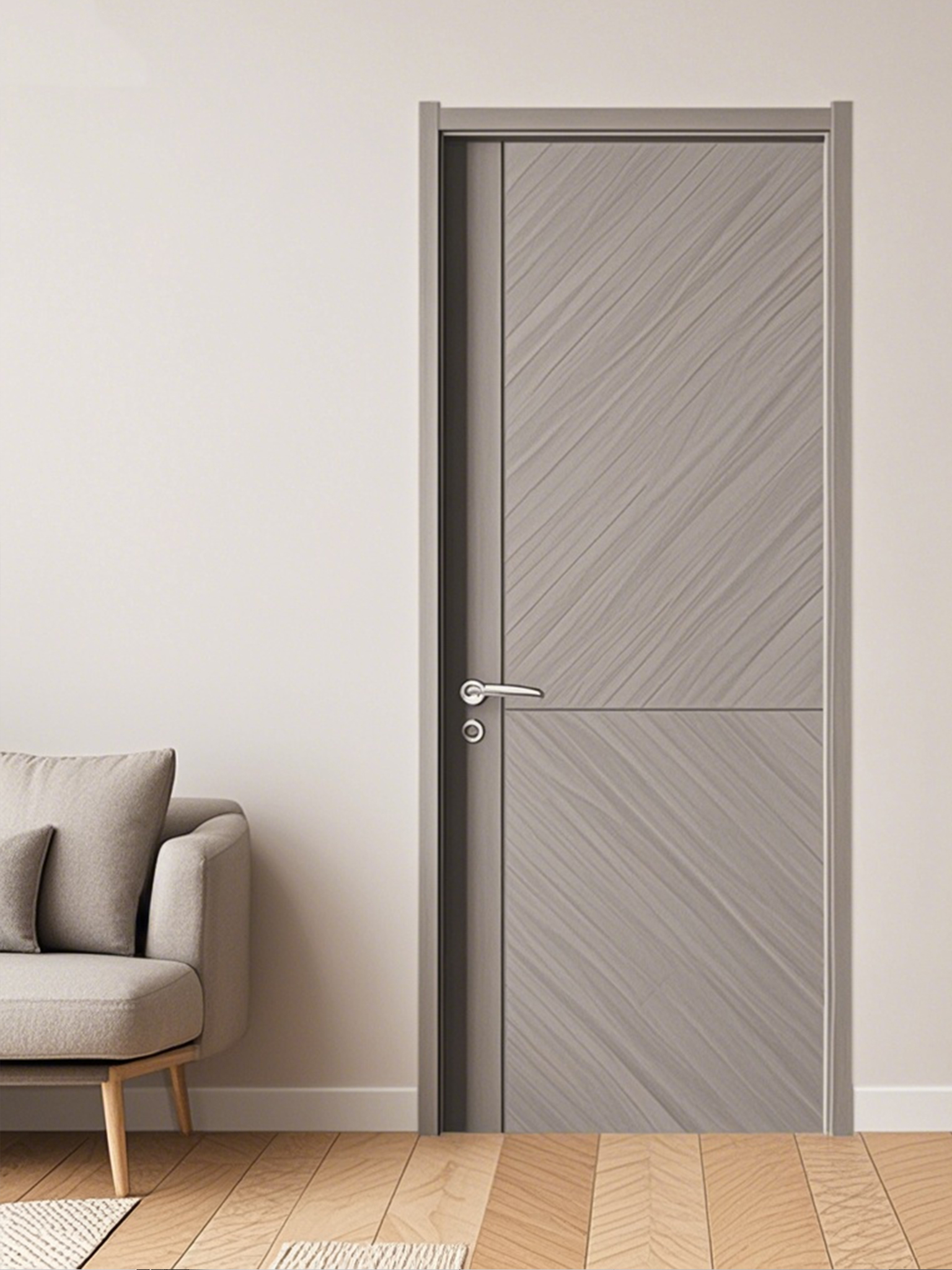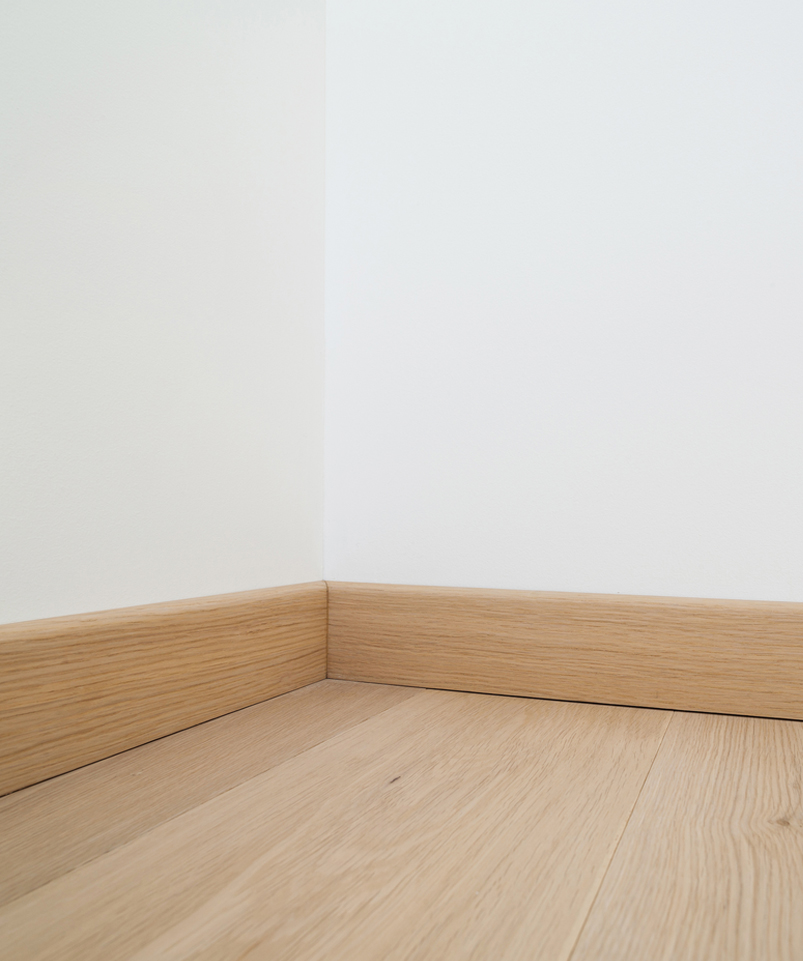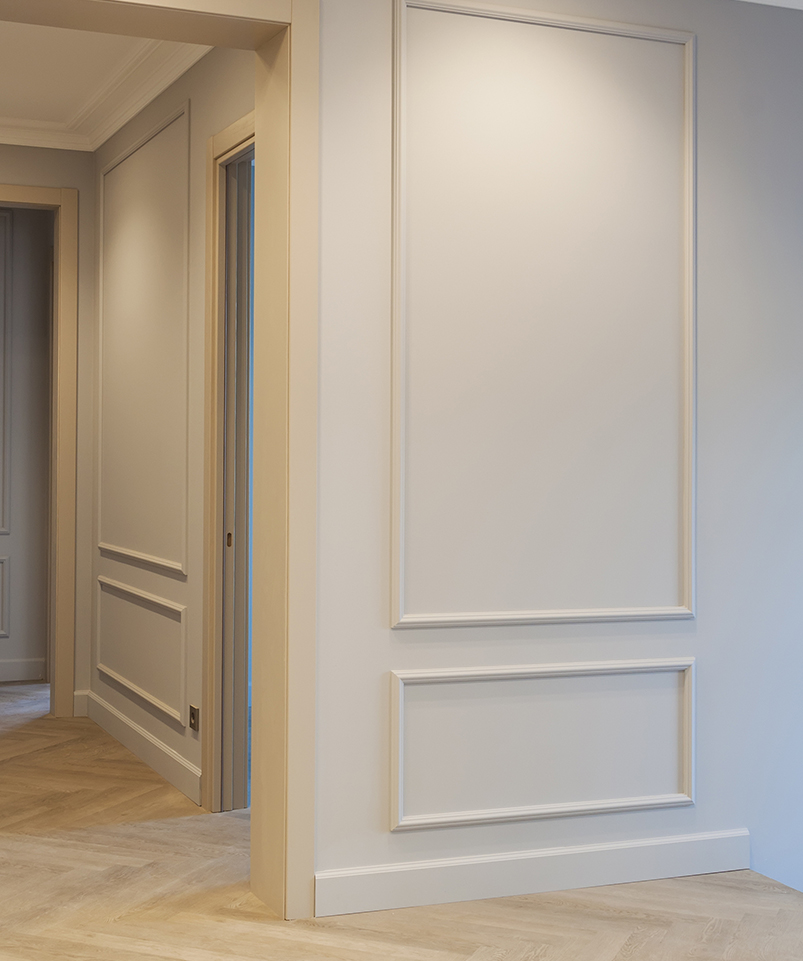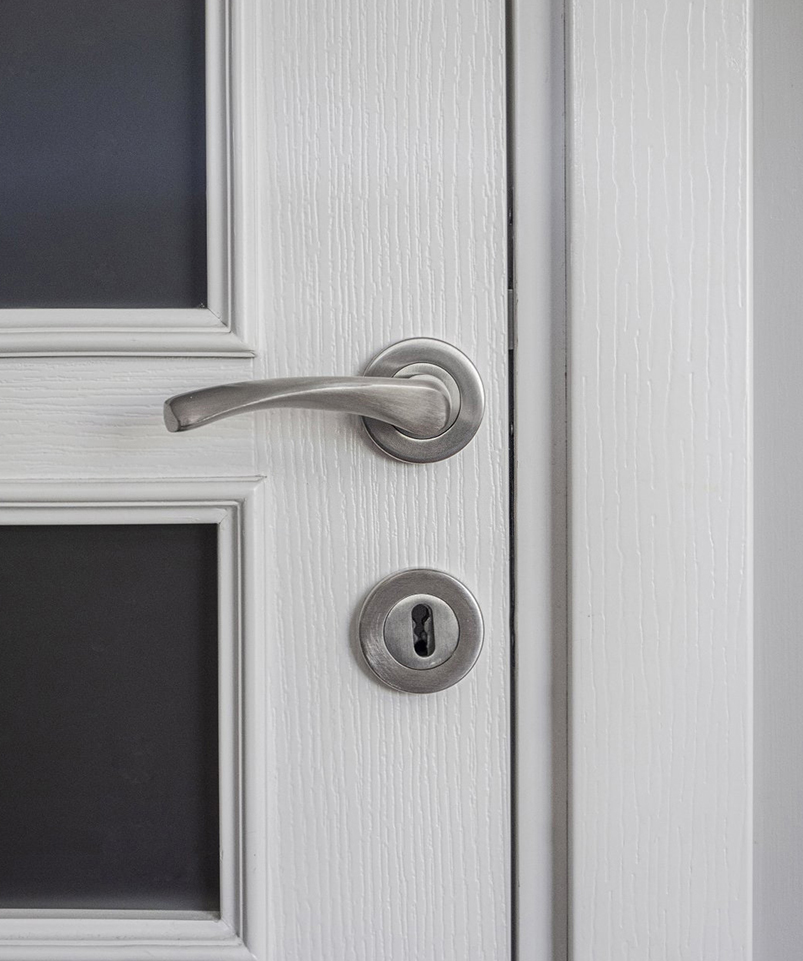PVC Door Frame: The Modern Foundation of Smart Interior Design
In the evolving world of construction and interior design, the PVC Door Frame is fast becoming the backbone of efficient, reliable, and stylish door systems. With increasing demand for materials that balance affordability, performance, and aesthetics, PVC (Polyvinyl Chloride) has risen as a favored alternative to wood and metal, particularly for door framing solutions. Its wide range of practical benefits is driving market adoption across residential, commercial, and institutional projects.
One of the notable selling points of the PVC Door Frame is its exceptional resistance to moisture and decay. Unlike traditional wooden frames that can warp, swell, or rot when exposed to humidity, PVC remains dimensionally stable even in wet environments. This makes it an ideal choice for areas prone to high humidity, such as bathrooms, kitchens, and coastal regions.
Another significant advantage of the PVC Door Frame is its resilience against termites and pests. Wooden frames often fall victim to infestations that compromise structural integrity and aesthetics. PVC, being a synthetic material, naturally repels insects and doesn’t require chemical treatments. This resistance makes it a safer and more durable option for long-term usage in homes, hospitals, and schools.
In terms of installation efficiency, the PVC Door Frame leads the way. It is lightweight, pre-fabricated, and often modular—features that make handling and fitting far simpler than with heavy wooden or metal frames. Contractors and installers appreciate the time savings, especially on large-scale housing projects or quick renovation jobs.
From a cost-effectiveness perspective, the PVC Door Frame holds a strong position. It not only comes at a lower upfront price compared to hardwood but also reduces ongoing maintenance expenses. There is no need for regular polishing, anti-termite treatments, or repainting. This translates to lower lifetime costs, which appeals to developers and homeowners alike.
Another compelling attribute of the PVC Door Frame is its environmental friendliness. With rising awareness of deforestation and ecological impact, many builders are steering away from natural wood. PVC can be manufactured using recycled materials and is itself recyclable, making it a sustainable choice in green building practices. Furthermore, its long service life reduces the frequency of replacement and associated waste.
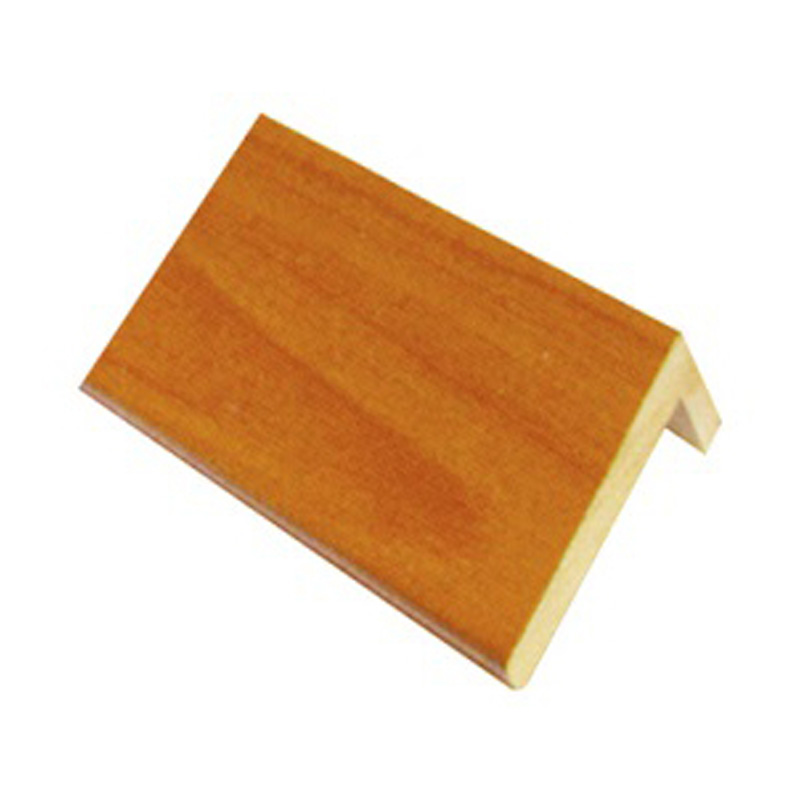
Aesthetics have not been sacrificed in the design of the PVC Door Frame. Manufacturers now offer frames in a variety of colors, textures, and finishes—including wood-like grains that mimic traditional materials. Whether the project calls for a classic or contemporary look, PVC frames can be matched seamlessly to suit the surrounding interior.
Another major plus point is the fire-retardant nature of the PVC Door Frame. Unlike wood, which is highly flammable, PVC resists ignition and can help in slowing down the spread of flames in case of fire. This makes it a preferred material for residential and commercial spaces where safety compliance is non-negotiable.
Durability is at the core of the PVC Door Frame offering. It does not crack, chip, or splinter over time, even with daily use. Its structural integrity holds strong under varying temperatures, which is particularly beneficial in countries experiencing seasonal weather extremes. Builders see this reliability as a key reason to switch from conventional framing options.
Maintenance of a PVC Door Frame is straightforward. A simple wipe-down with a damp cloth is sufficient to remove dust or marks. There is no need for polishing agents or repainting, which not only saves time but also supports a cleaner indoor environment with fewer volatile organic compounds (VOCs) from paints or varnishes.
Finally, the PVC Door Frame integrates well with modern door systems, including flush doors, laminated doors, and even smart doors. Its compatibility with new-age technologies and design innovations positions it as a versatile choice for both traditional builders and tech-savvy homeowners.
In conclusion, the rise of the PVC Door Frame is a direct response to the market’s call for durability, sustainability, and style at an accessible cost. Its broad appeal across functions and design preferences makes it a cornerstone of modern construction. As building trends continue to shift toward efficiency and environmental consciousness, PVC-based door framing systems are not just a smart alternative—they're fast becoming the standard.

 English
English русский
русский عربى
عربى